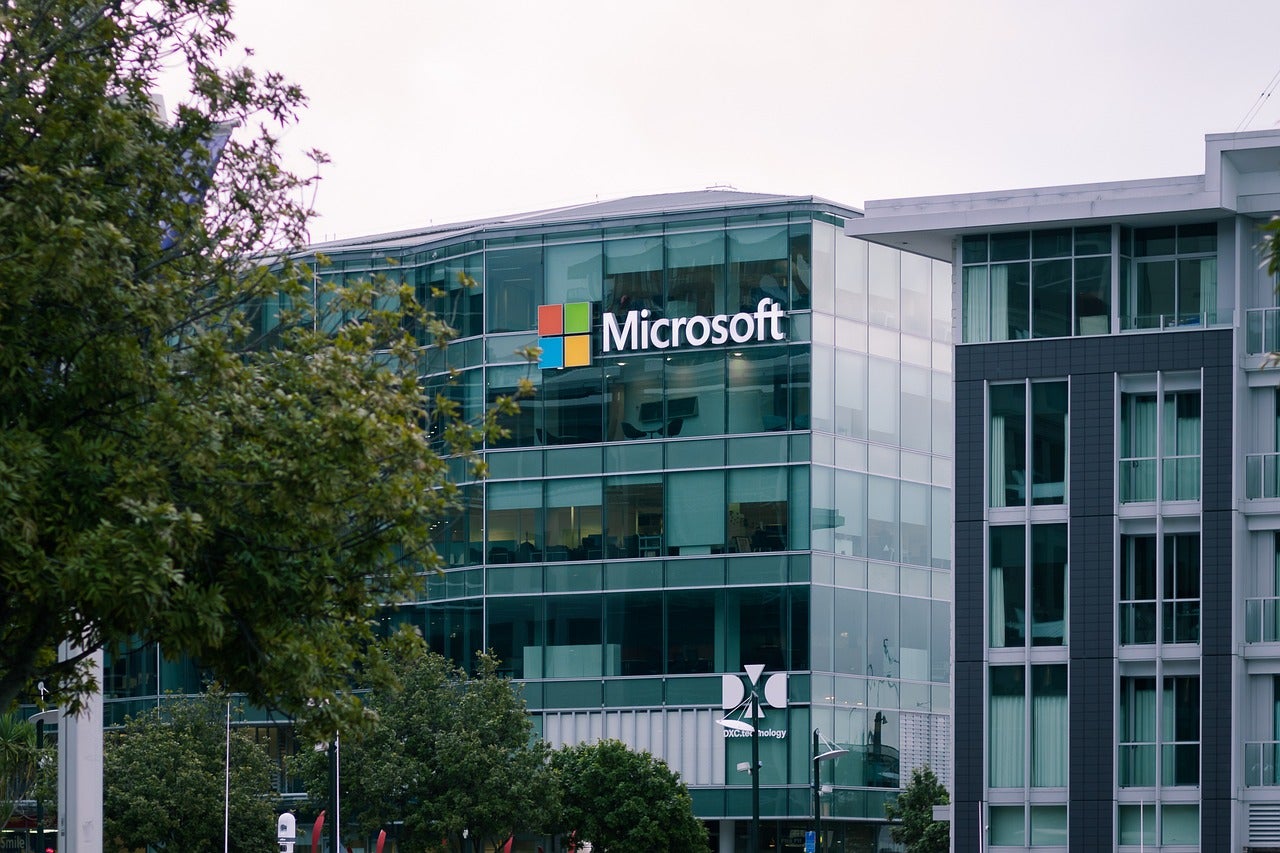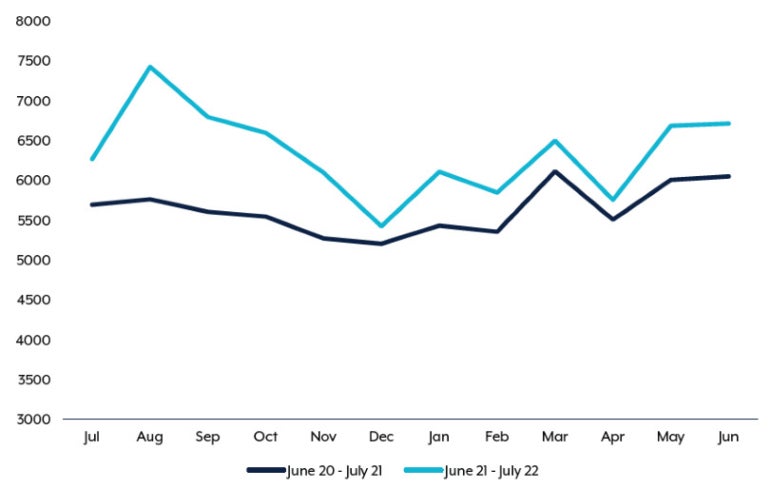Everything You Need to Know About Microsoft’s New $5 Billion Investment in Australia

Microsoft plans to more than double its cloud computing capacity in Australia over the next two years and expand its support for critical national cyber security and technology skills priorities.
Fast-growing demand for cloud computing services across Australia has seen Microsoft announce the injection of AU $5 billion (US $3.2 billion) into the market, in a move it says will support Australia’s ability to seize the economic and productivity advantages of artificial intelligence.
Flanked by the Australian Prime Minister Anthony Albanese at the Australian embassy in Washington, Microsoft president Brad Smith said it would also partner with the Australian Signals Directorate to boost national cyber security and invest in more local tech skills.
Jump to:
What is included in Microsoft’s $5 billion Australian investment?
Expanded local cloud computing capacity in Australia
Microsoft is planning to level up its hyperscale cloud computing and AI infrastructure in Australia over the next two years by 250%. This will include the expansion of its local data centre footprint from 20 sites at present to a total of 29 sites across Canberra, Melbourne and Sydney.
New cyber security partnership with the Government
Microsoft will enter a more formal and expanded partnership with the Australian Signals Directorate, to be called the Microsoft-ASD Cyber Shield. This partnership will enhance joint capabilities to identify, prevent and respond to cyber threats, particularly nation-state cyber threats.
Building more tech skills and capabilities in Australia
An additional 300,000 Australians will be given access to the learning resources, certifications and job-seeking tools that are available as part of Microsoft’s global skills programs.
Microsoft is even launching a local Datacentre Academy in early 2024 with TAFE NSW. The curriculum will align with core operational roles, like data centre technicians, critical environment specialists, inventory and asset management professionals, and IT operations.
What is Microsoft hoping to achieve through its investment?
Meeting the cloud computing service demand boom
Microsoft’s cloud computing expansion will meet growing demand for cloud computing services, which are expected to almost double from AU $12.2 billion (US $7.7 billion) in 2022 to AU $22.4 billion (US $14.1 billion) in 2026, according to research from International Data Corporation commissioned by Microsoft (Figure A).
Figure A
Building the infrastructure for Australia to capitalise on AI
Microsoft has said the investment will help Australia seize the new AI era’s economic and productivity opportunities. A recent Microsoft and Tech Council of Australia report found generative AI could make an economic contribution of up to AU $115 billion (US $72.3 billion) by 2030.
Developing skills and capabilities to support investment potential
Microsoft argues it needs to invest in the skills and capabilities needed for success in a digital economy for it to realise the full potential of its investment. Microsoft’s investment in skills is part of a shared national commitment to fill 1.2 million tech jobs across the country by 2030.
Providing another ‘cyber shield’ against cyber attacks
Microsoft’s cyber security partnership is designed to combat the growing frequency and severity of cyber attacks in Australia, including from nation-state actors. ASD’s Cyber Watch Office received more than 76,000 cybercrime reports in the 2021–22 financial year, up 13% (Figure B).
Figure B

Why is now a good time for Microsoft to invest big in Australia?
Microsoft’s high-profile announcement, delivered together with Prime Minister Anthony Albanese in Washington in October 2023, comes at a critical time for the global tech giant, which is facing challenges, including cloud computing competition and regulatory uncertainty in Australia.
Building cloud computing capacity amid strong competition
Microsoft Azure is one of Australia’s largest cloud service providers, alongside hyperscaler competitors Amazon Web Services and Google Cloud Platform. All three are expanding their footprint in Australia as well as building new Availability Regions in Auckland, New Zealand.
PREMIUM: Check out the top three cloud platforms in this vendor spotlight.
Acting as a partner in Australia’s new cyber security strategy
Australia will unveil its new cyber security strategy in 2023, covering the period to 2030. It will focus on building six “cyber shields” around Australia to increase cyber resilience. Microsoft’s close participation in this effort positions it as a partner to Australia as cyber threats rise.
Investing in the future market for artificial intelligence
Microsoft is heavily invested in the future of AI. In 2023, it poured US $10 billion (AU $15.9 billion) into a partnership with OpenAI. It has since launched generative AI chatbot Bing Chat as well as Copilot, which allows Microsoft 365 customers to leverage their enterprise data.
Australia is in the process of considering what regulation is appropriate for the AI explosion, in tandem with existing regulations and laws, such as the Privacy Act. Microsoft’s high level engagement and collaboration gives it leverage as regulators decide how to approach AI tools.
Helping to deal with the current tech skills crisis
Australia’s skills shortage in the tech sector is no secret. Microsoft’s increased investment in supporting the development of Australian tech skills not only supports its own operations and strategy, but helps to deal with what is a difficult problem for Australia in the tech sector.

